

Our use of cookies
We use necessary cookies to make our website work. We’d also like to use analytics and functional cookies which help us make improvements to the website by measuring how you use it, and to enable our website to offer you additional functionality.
More information on how we use cookies can be found in our cookie policy.
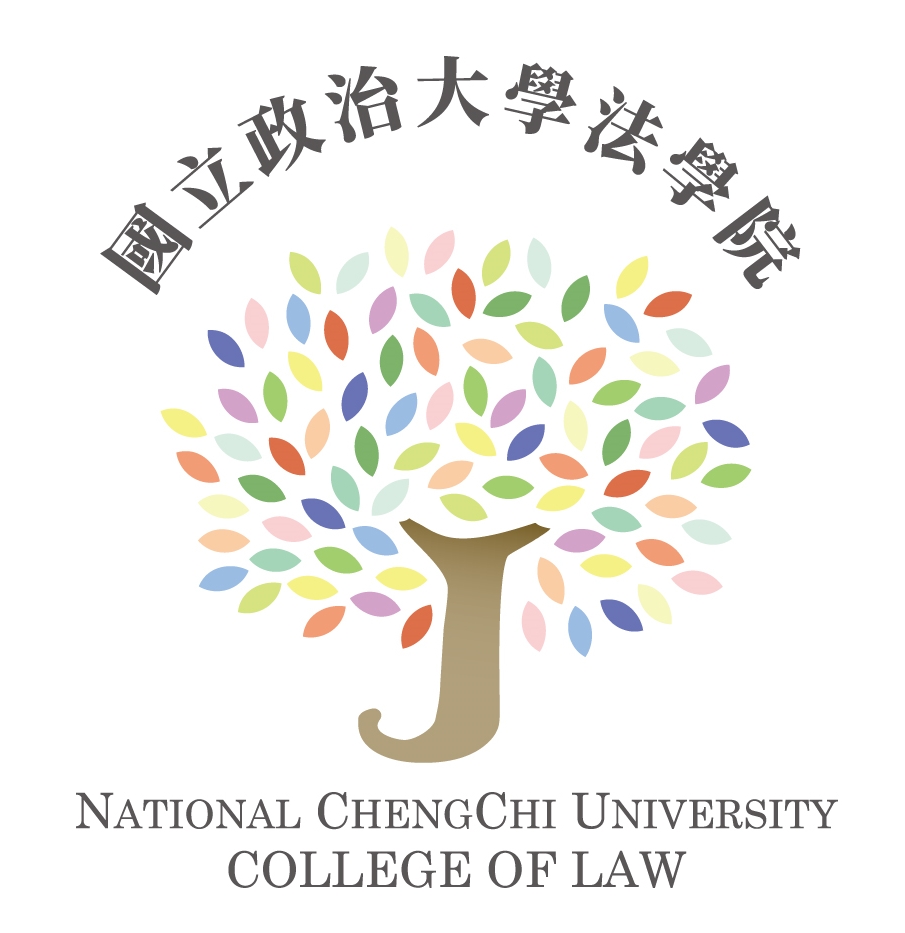

In the development of its new building and the planning of teaching spaces, the College of Law at National Chengchi University faced several key challenges that needed to be overcome.
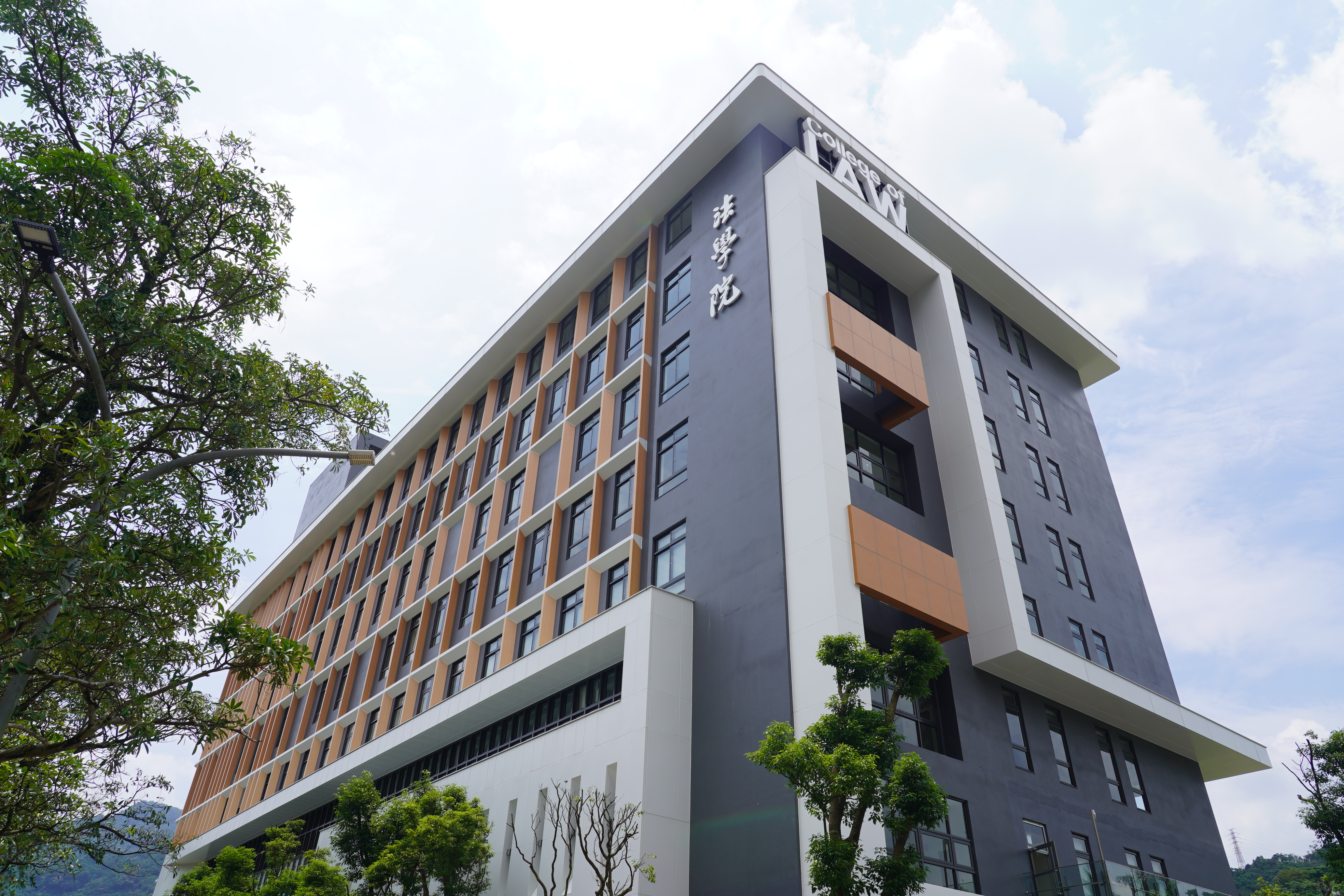
Firstly, the College of Law features a wide range of teaching spaces—from large lecture halls to medium and small-sized classrooms. One of the key challenges in the early planning stage was how to meet diverse needs: delivering high-brightness projection and large-scale real-time information dissemination, while also supporting the flexibility required for interactive teaching.
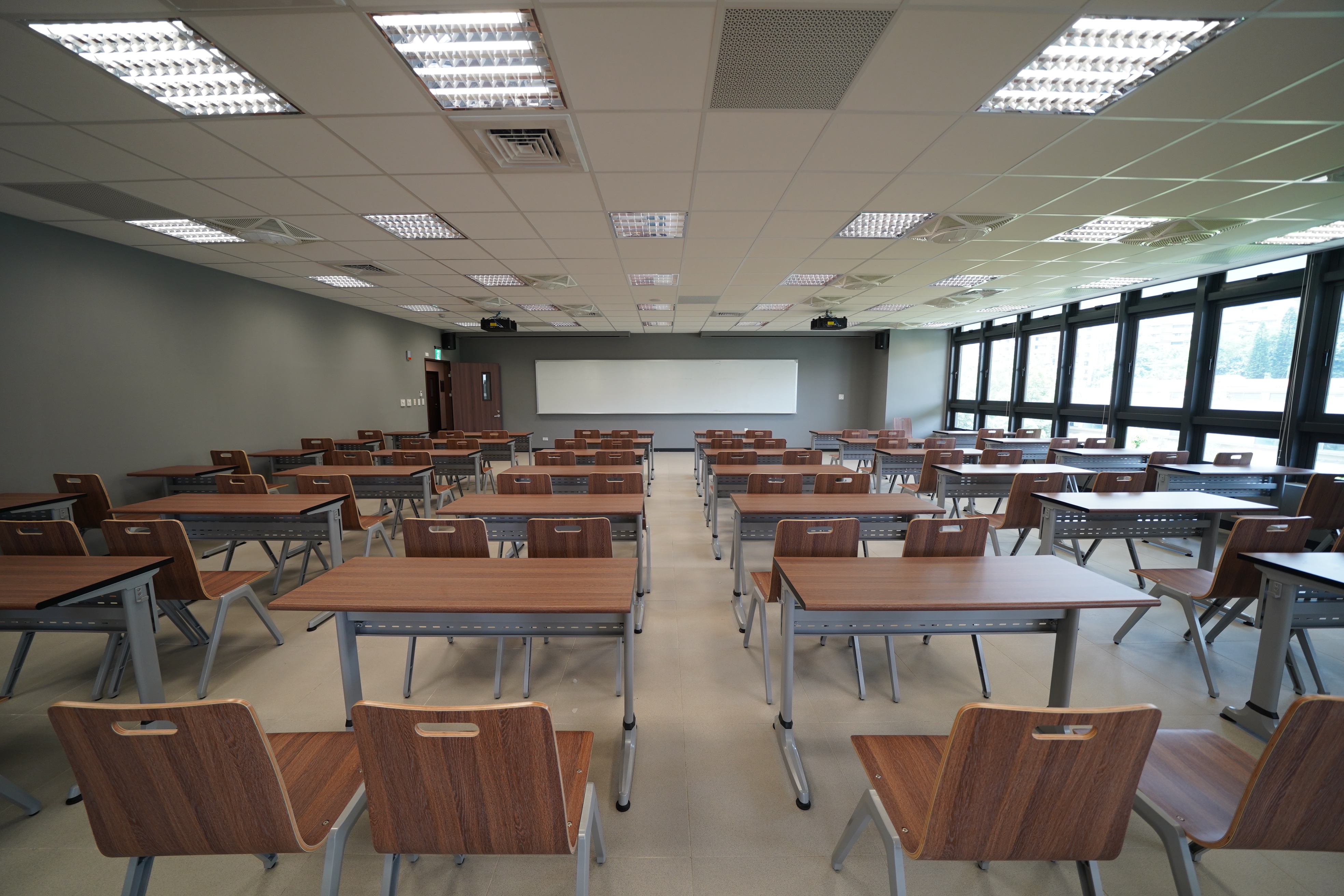
Secondly, legal education places a strong emphasis on case-based discussions and practical scenario simulations, which require display specifications and interactive experiences that closely mimic real courtroom environments. However, providing an immersive and highly engaging learning experience for both faculty and students—within the constraints of limited teaching space and resources—remains a significant challenge to overcome.

Thirdly, the College of Law is equipped with dozens of projectors and display devices across the entire building. Without a centralized management system, this would inevitably lead to excessive maintenance workloads, low operational efficiency, and significant challenges in future system expansion or upgrades. Ensuring long-term, stable, and efficient device management emerged as another critical challenge during the planning process—one that could not be overlooked.
From the early planning stages, the new building of NCCU’s College of Law was envisioned with smart teaching as its core concept. To realize this vision, the university fully adopted Optoma’s end-to-end display solution. The building is equipped with professional-grade projectors, interactive flat panels (IFPs), and large LED displays. These are all seamlessly integrated with the OMS (Optoma Management Suite)—a smart device management system that enables the university to remotely monitor and control all teaching equipment through a unified platform, achieving centralized management and highly efficient maintenance operations.
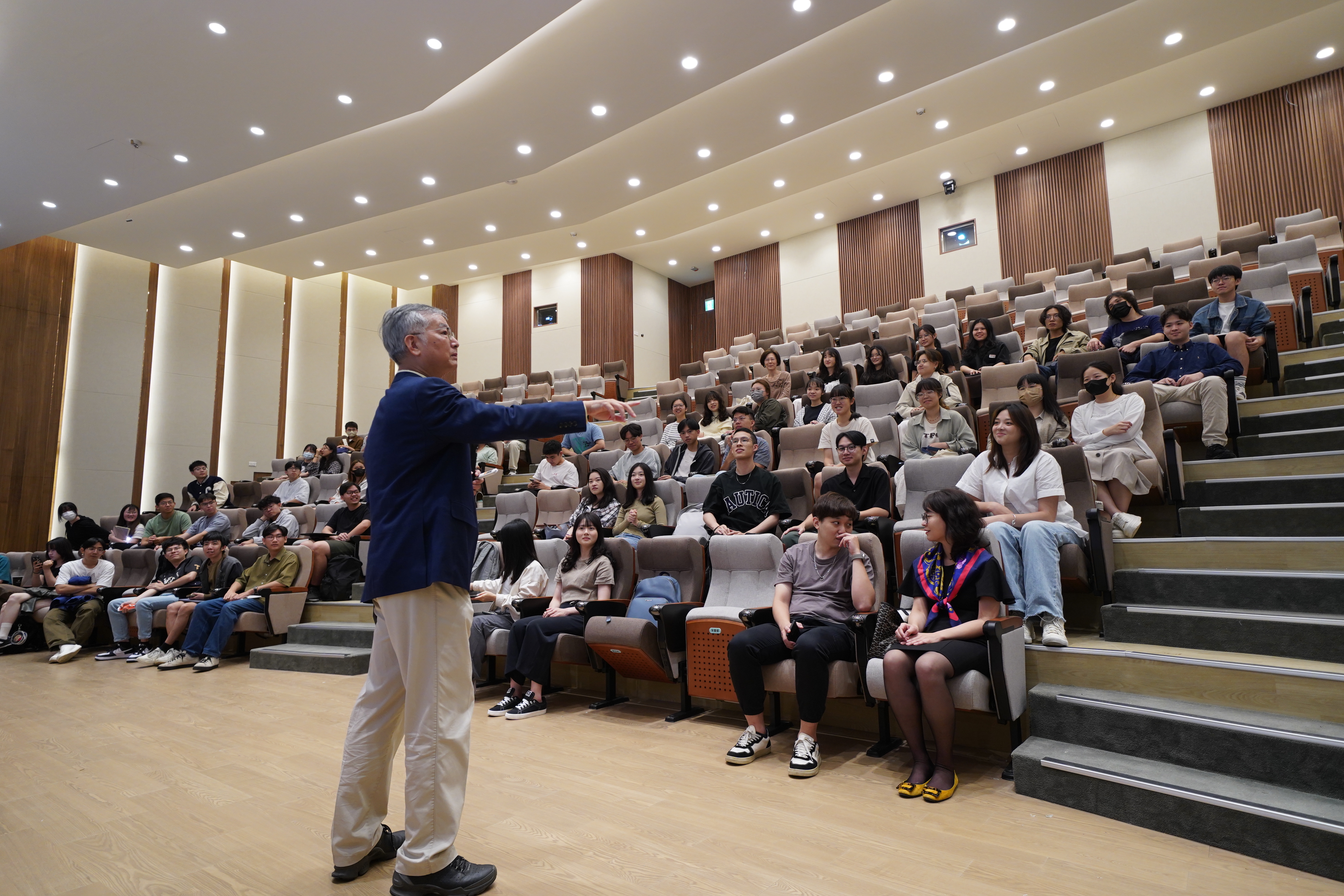
In the tiered lecture halls, no expense was spared to ensure that every student—regardless of seating position—could view projected content. The university selected the Optoma ZU2100, a high-brightness projector delivering an impressive 21,000 lumens, offering cinema-grade visual performance. Even under full ambient lighting, the ZU2100 delivers crisp, stable image quality, ensuring that classroom content remains vivid and uncompromised by lighting conditions—enabling seamless knowledge delivery without visual interruption.
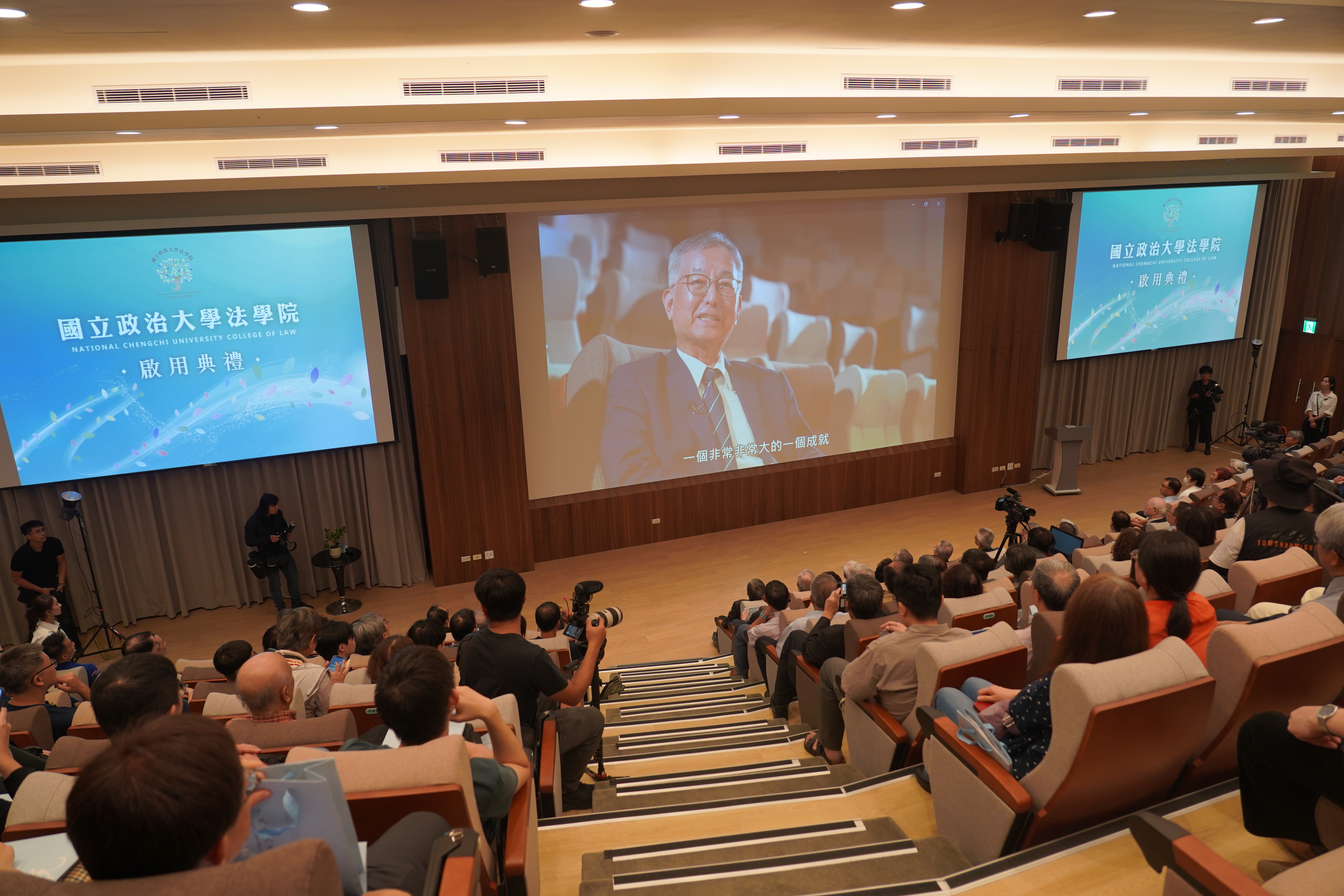
In the larger classrooms, six Optoma ZU1800 projectors were installed—each delivering 18,000 lumens of high-brightness output. This powerful configuration is more than capable of supporting large-scale lectures, academic seminars, and even inter-university conferences. Despite the expansive teaching space, the setup ensures uniform and high-resolution projection, meeting the rigorous demands for both image clarity and brightness across all types of professional and academic use cases.
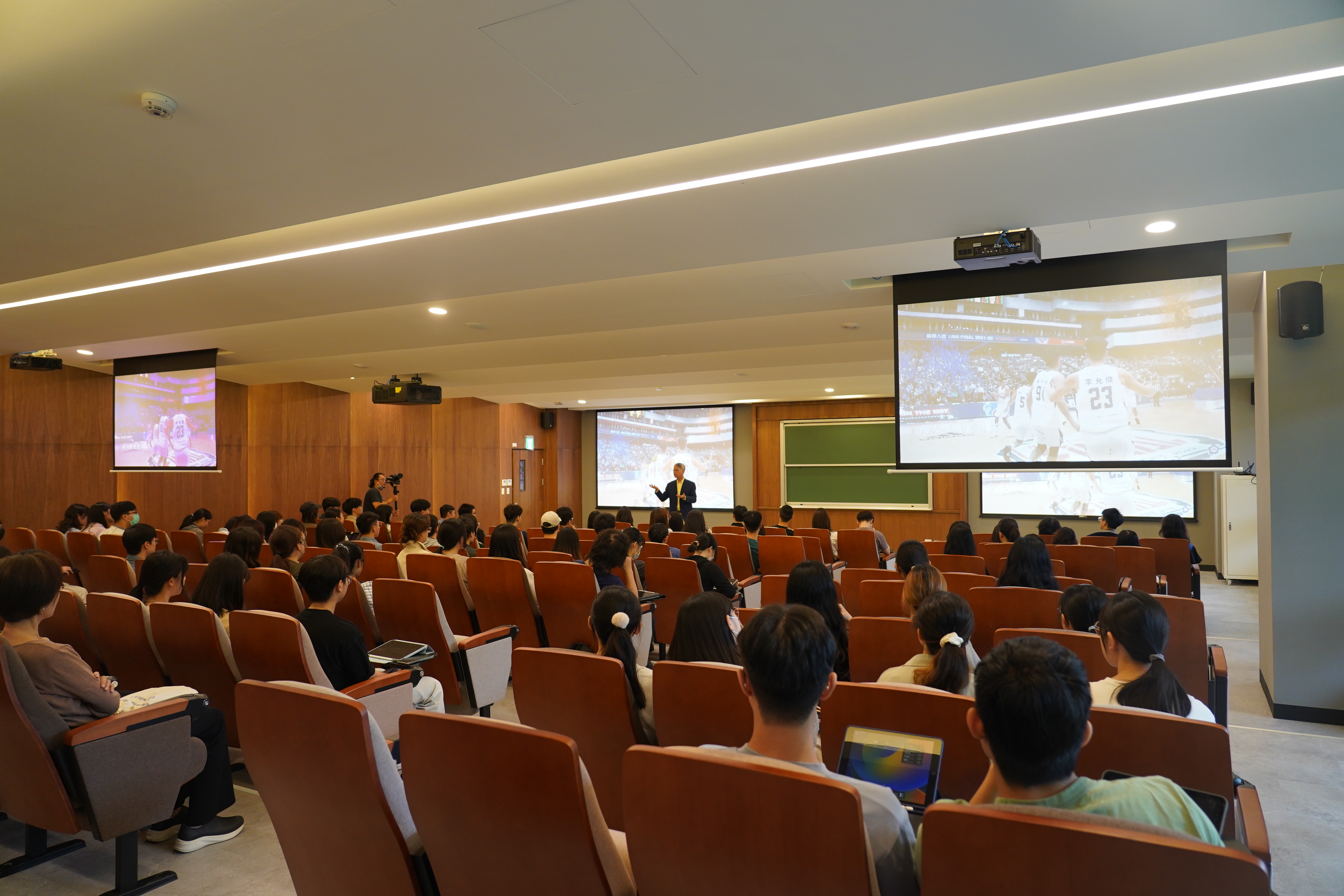
For standard medium and small-sized classrooms, the project deployed 16 units of AZU1930TST and 16 units of AZU617TST projectors, ensuring bright and clear image quality for both traditional lectures and group discussions. Even in well-lit daytime environments, these projectors deliver vivid details and rich color performance—maintaining content visibility without compromise. To further enhance classroom interactivity and student engagement, the project also introduced 10 units of 5862RK+ interactive flat panels. These allow both faculty and students to write, annotate, and zoom directly on the screen, while the built-in wireless projection feature enables instant content sharing from personal devices—facilitating real-time discussions and dynamic collaboration. These interactive displays also support remote teaching and online conferencing, enabling cross-campus communication and international virtual classes with external experts. This flexibility breaks through the limitations of time and space, creating a more open, agile, and digitally empowered learning environment.
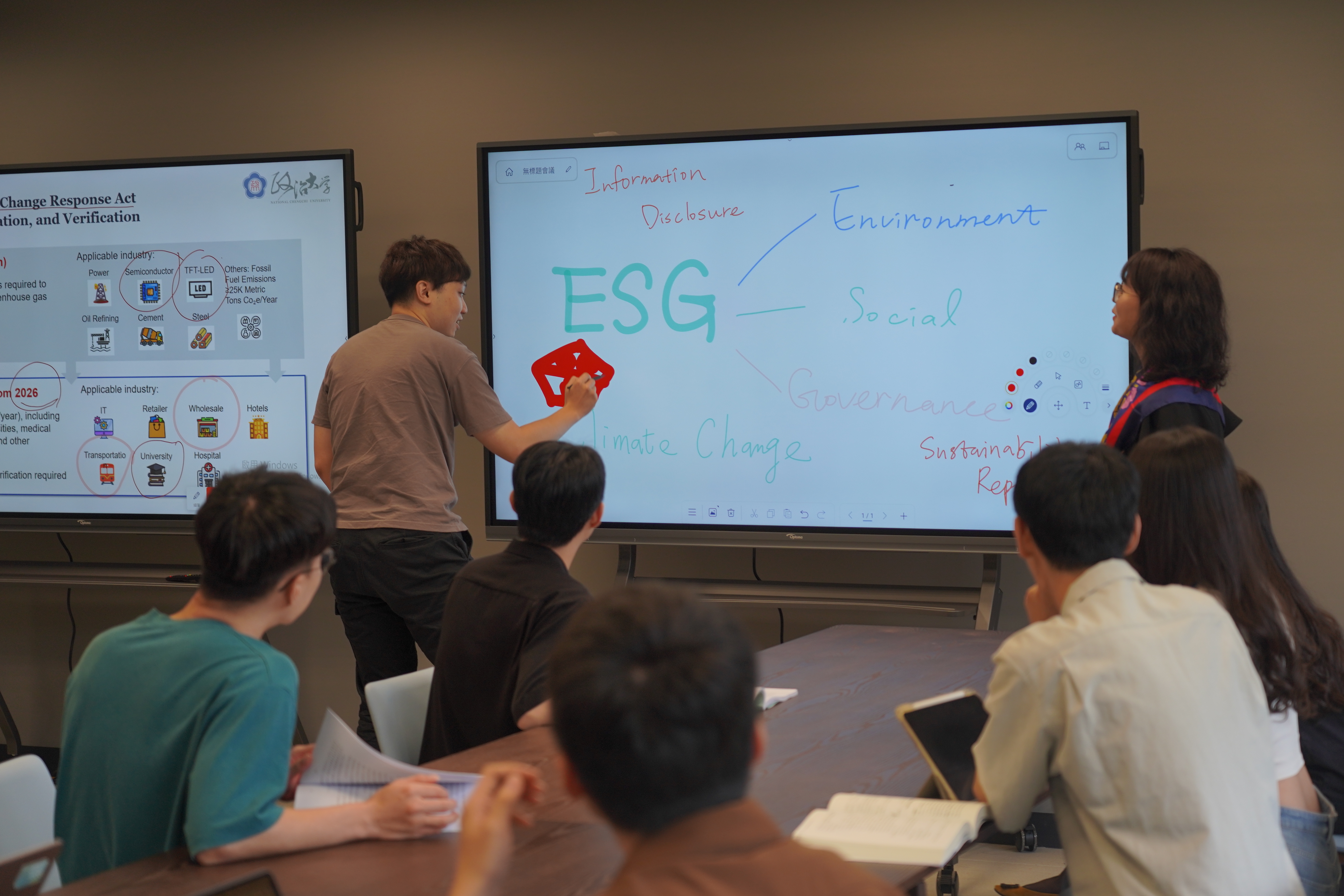
At the first-floor atrium, two large A130C LED displays were specially installed to serve as key platforms for campus announcements, event promotions, and media press conferences. Beyond meeting the daily communication needs of the university, these displays have also become a visual focal point of the building’s public space. The A130C is a professional-grade LED display also used by leading television networks in Japan, known for maintaining stable brightness and color accuracy even during prolonged operation. By choosing a display system recognized by the professional broadcast industry, NCCU’s College of Law demonstrates its commitment to quality. It reflects how the campus’s digital infrastructure has reached a media-grade standard. This investment further elevates the value of smart applications across the university environment.
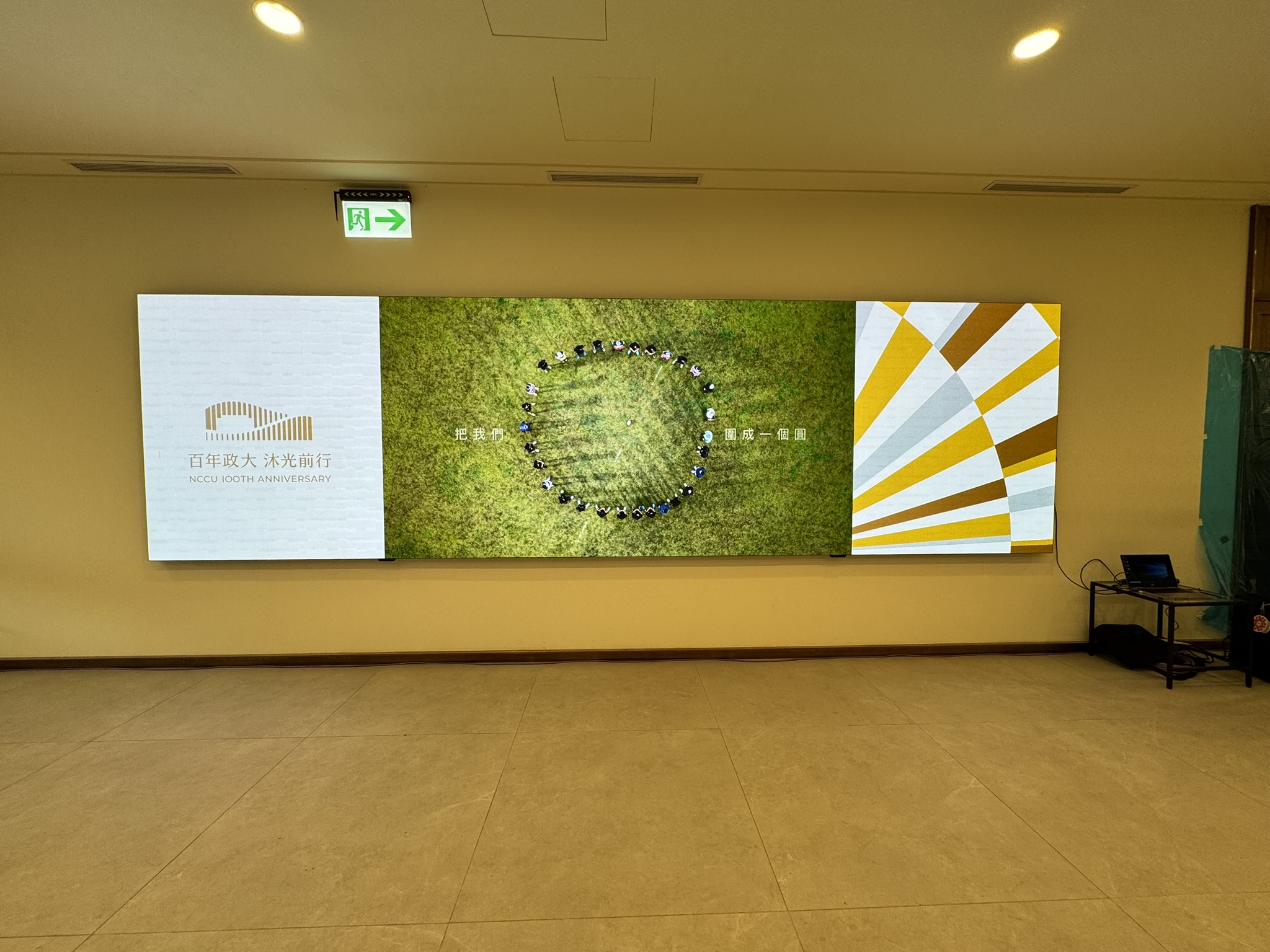
To ensure the stable operation and ongoing maintenance of all equipment throughout the building, Optoma implemented the OMS (Optoma Management Suite)—a smart device management system. OMS enables centralized monitoring and remote control of all projectors, interactive flat panels, and LED displays. Its capabilities include power scheduling, device status monitoring, firmware updates, and anomaly alerts, significantly reducing manual maintenance efforts while improving overall management efficiency. With this system in place, NCCU’s College of Law can seamlessly manage all audiovisual assets across the facility, ensuring uninterrupted teaching operations and a smarter, more proactive approach to device management. This also extends the value of the integrated solution beyond initial deployment—enhancing its impact on daily operations and long-term sustainability.
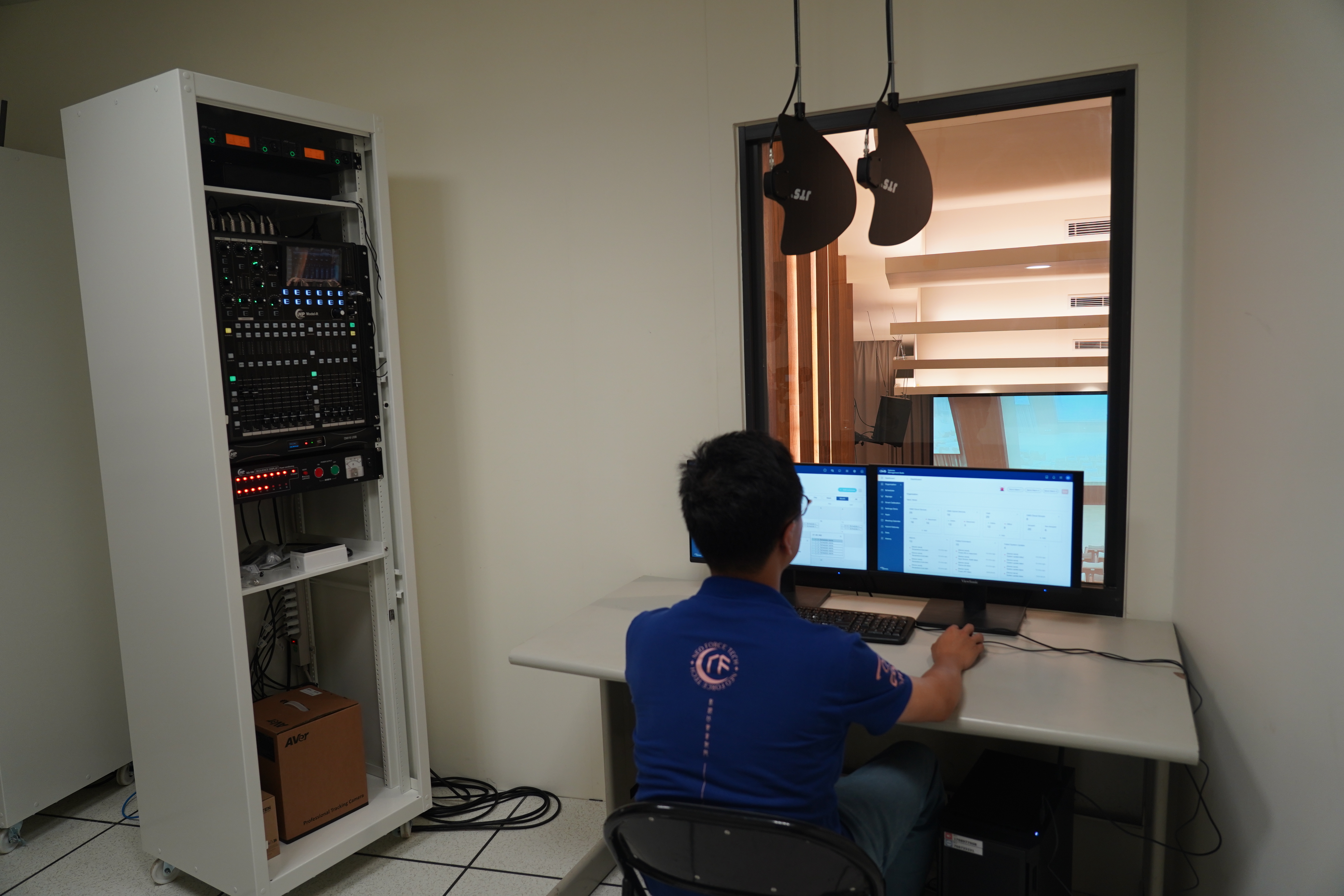
Optoma served as the driving force behind the smart teaching infrastructure at NCCU’s College of Law, playing a critical role from the early planning stages of the project. The company was deeply involved in the design of the overall visual solution, providing a comprehensive range of display and projection technologies—from large-scale tiered lecture halls to standard medium and small-sized classrooms. Through this collaboration, a modern, smart learning environment was successfully realized, aligning with the university’s vision for future-ready education.
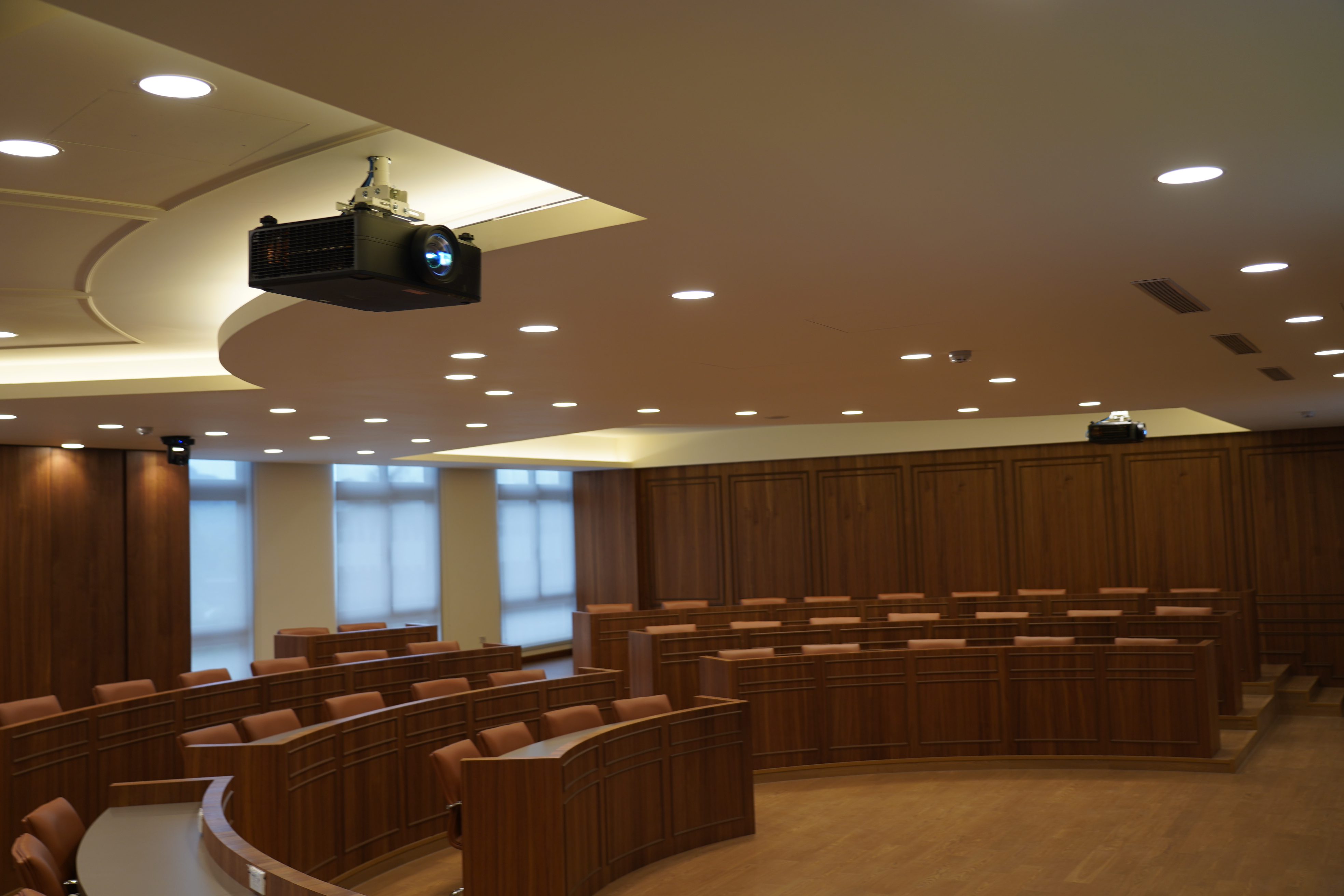
The entire building is equipped with high-brightness professional projectors, interactive flat panels (IFPs), and large LED displays, all integrated with the OMS smart device management system. This setup enables centralized control, real-time monitoring, and efficient maintenance, ensuring more flexible and seamless teaching and information delivery across all spaces.
Through Optoma’s comprehensive visual solution, NCCU’s College of Law not only addressed the diverse needs of its classrooms—ranging from projection, interactivity, to real-time information delivery—but also enhanced the overall student learning experience. The result is a teaching environment that is more immersive and interactive, where even remote video courses can capture facial expressions and details, ensuring effective communication and engagement regardless of physical distance.
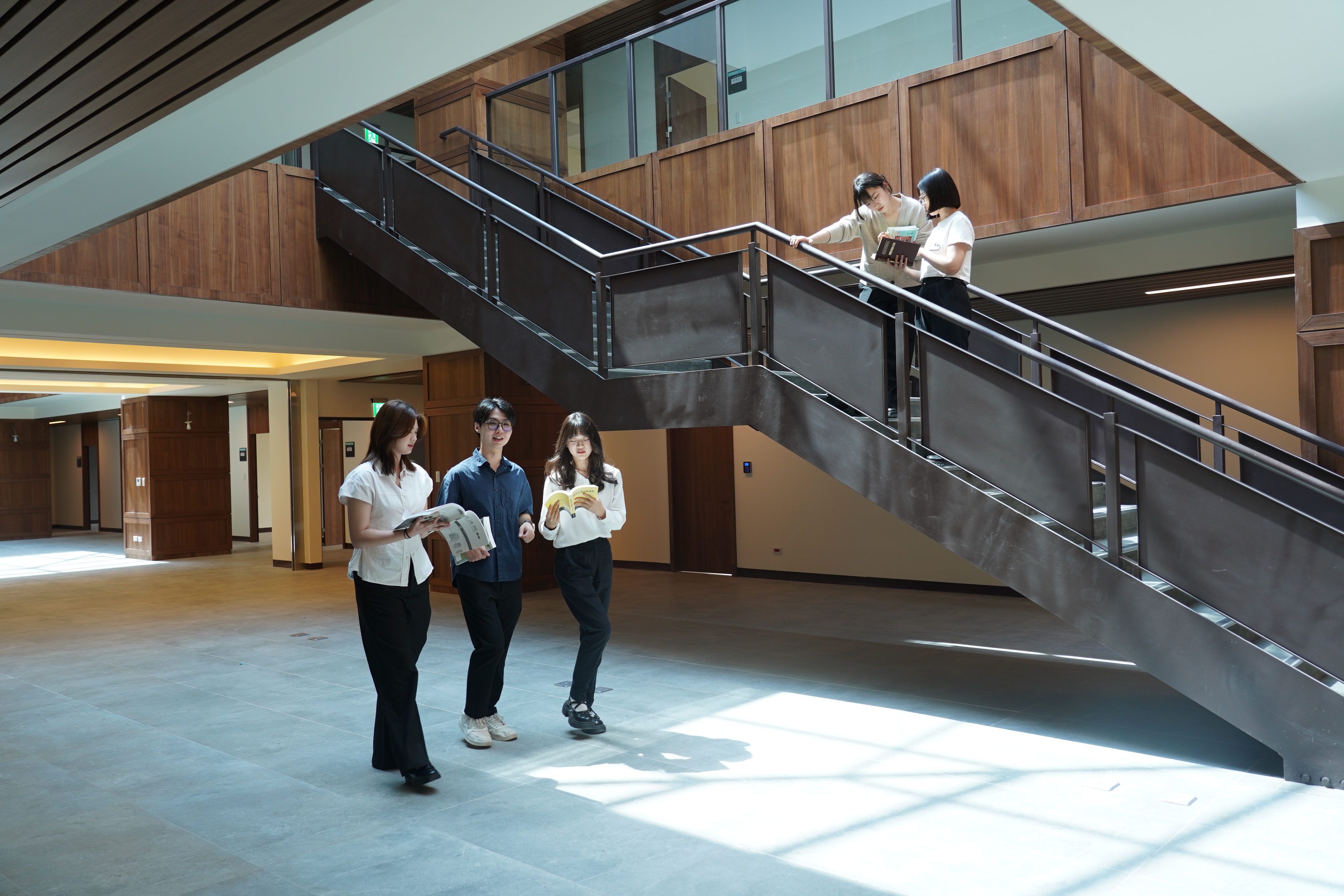
Guided by its philosophy of “Leave the complexity to us—so you can focus on what truly matters,” Optoma empowered the university to concentrate on the essence of education, while seamlessly experiencing the benefits of technology. Today, NCCU’s College of Law boasts one of the most advanced teaching environments in Taiwan, creating ideal conditions for cultivating the next generation of legal professionals. It stands as a leading example of how legal education and technological innovation can come together to shape a brilliant campus.
Looking ahead, Optoma will continue to deepen the integration of education and technology, driving more campuses toward a new era of smart education.
***
Optoma Taiwan Technical Integration Team | Brian Hung, Jackie Kuan, Michael Wang
Planning and Execution Partner | Neoforce Technology Co., Ltd.